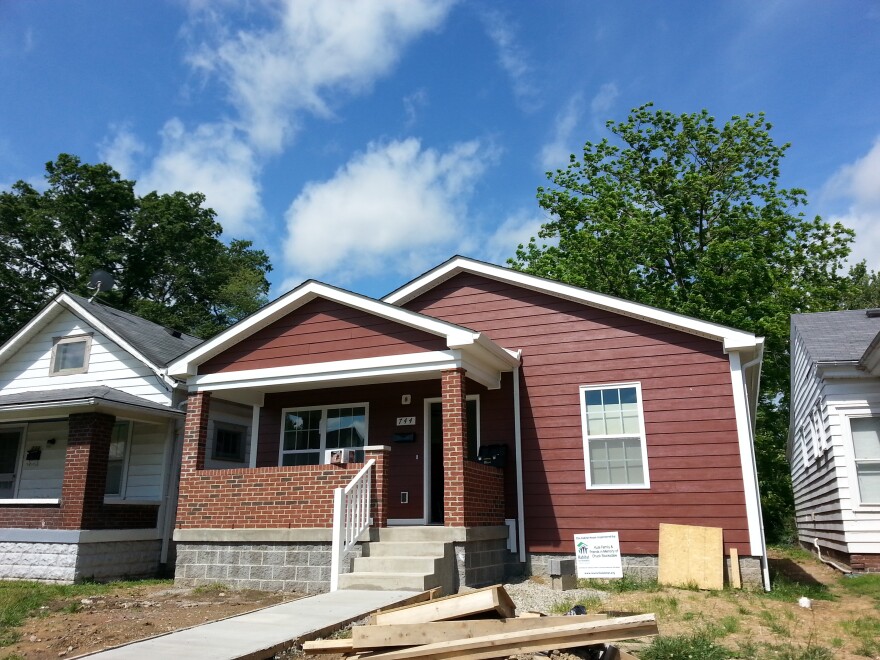For the second time this summer, an ordinance aimed at increasing Louisville's affordable housing stock has stalled in a Metro Council committee.
The Ad Hoc Committee on the Land Development Code committee tabled the ordinance Monday after more than an hour of discussion.
The ordinance would provide incentives to developers who build mixed-income housing in Louisville. Developers would be granted points depending on a development’s ratio of housing that is considered affordable to low-income residents.
More points means a developer could exceed density limits, which means more units and, ultimately, more return on their investment, said Cathy Hinko, director of the Metropolitan Housing Coalition and a proponent of the effort.
The ordinance would promote developments that include both single-and multi-family units in areas zoned R-4 and R-5, Hinko said. At least 10 percent of the units would have to be multi-family, and at least 5 percent of those must be affordable, meaning rent levels do not exceed Low Income Housing Tax Credit maximum rent — or they’re affordable to people earning less than 60 percent of the median income of the metro area, Hinko said.
But the ordinance stalled Monday when some members of the bipartisan committee pushed to add an amendment to limit how close together such developments could be.
Councilman James Peden, a R-23, said the point of the ordinance is to disperse affordable housing throughout the county. Without the amendment, the incentives would lead to clusters of affordable housing, which is no different than the current landscape of affordable housing in the city, he said during the meeting.
Presently, low-income housing is concentrated in a small number of Metro Council districts, according the Metropolitan Housing Coalition's 2014 report.
Councilman Bill Hollander, D-9, criticized what he deemed "11th hour" changes to an ordinance that has been years in the making.
"I don't know why we would say to someone who wants to build a mixed residential development in the northeast part of the county: 'I'm sorry, you can't do that because someone wants to build one within a mile of yours,'" he said. "That makes no sense to me."
Councilman Brent Ackerson, D-26, said he'd like to see the distance limitations set even greater than one mile.
"We need to be thinking about what our objectives are," he said.
Hinko said she was glad the ordinance was tabled on Monday after the changes were introduced. “These were brand-new amendments, and they need to be thought (out) carefully. I think that was a wise thing for them to do," she said.
Hinko said the proposal to put distance limits on developments receiving affordable-housing incentives was counterintuitive and suggested using incentives to help spread new mixed-income developments throughout the community. She added that the ordinance may violate fair housing laws.
Hinko said she's unaware of any other city in the U.S. with distance limits on incentives for developments containing affordable housing.


